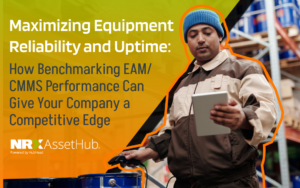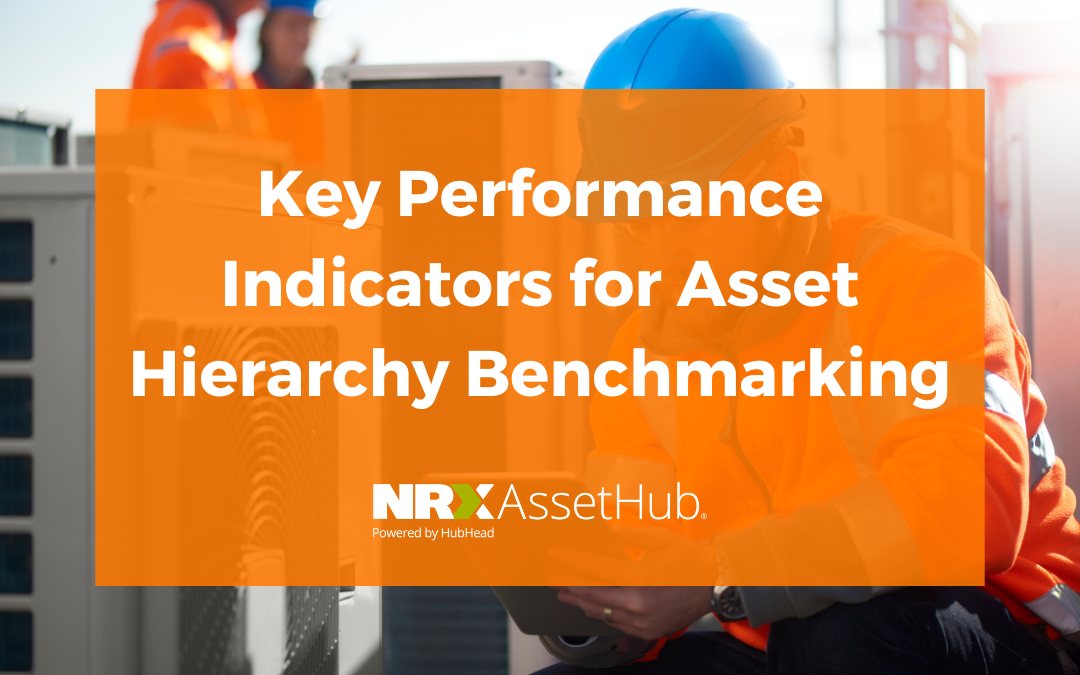In asset hierarchy benchmarking, selecting the right key performance indicators (KPIs) is crucial for evaluating the effectiveness of your asset management practices. KPIs provide measurable metrics that reflect the performance of assets within the hierarchy and enable organizations to track progress, identify areas for improvement, and make data-driven decisions. In this blog post, we will explore important KPIs that can be used to measure the effectiveness of asset hierarchy benchmarking, including asset utilization, maintenance costs, downtime reduction, and more.

Asset utilization is a critical KPI that measures the efficiency and productivity of assets within the hierarchy. It indicates how effectively assets are being used to support business operations. Low asset utilization may indicate underutilization, excess capacity, or inefficient allocation of resources. Tracking asset utilization helps optimize asset deployment, identify opportunities for consolidation or reallocation, and maximize asset value.
Maintenance Costs:
Maintenance costs are a key KPI to assess the financial impact of asset management activities. Tracking maintenance costs allows organizations to monitor spending, identify cost-saving opportunities, and optimize maintenance strategies. It includes costs associated with preventive maintenance, corrective maintenance, spare parts, labor, and external maintenance services. Analyzing maintenance costs in relation to asset performance provides insights into the effectiveness and efficiency of maintenance practices.
Downtime Reduction:
Downtime reduction is a crucial KPI for assessing asset reliability and uptime. It measures the amount of time assets are out of service due to failures, breakdowns, or scheduled maintenance activities. Reducing downtime improves operational efficiency, minimizes production disruptions, and enhances customer satisfaction. By benchmarking downtime reduction, organizations can identify best practices, implement preventive maintenance strategies, and optimize asset availability.
Mean Time to Repair (MTTR):
MTTR measures the average time it takes to repair assets after a failure or breakdown occurs. A shorter MTTR indicates efficient maintenance processes, prompt response to issues, and effective repair procedures. By benchmarking MTTR, organizations can identify areas for improvement, streamline maintenance workflows, and reduce asset downtime.
Overall Equipment Effectiveness (OEE):
OEE is a comprehensive KPI that evaluates asset performance across three key factors: availability, performance efficiency, and quality. It provides a holistic view of how well assets are performing and highlights potential areas of improvement. By benchmarking OEE, organizations can identify bottlenecks, inefficiencies, and quality issues, enabling them to implement targeted improvement initiatives.
Asset Lifecycle Management:
Asset lifecycle management KPIs assess the entire lifespan of assets within the hierarchy, from acquisition to disposal. These KPIs include metrics such as asset depreciation, asset age, replacement cost, and disposal value. Tracking asset lifecycle KPIs enables organizations to optimize asset investment decisions, plan for asset replacement or upgrades, and ensure compliance with regulatory requirements.
Energy Efficiency:
Energy efficiency KPIs focus on measuring the energy consumption of assets within the hierarchy. These metrics help organizations identify energy-intensive assets, track energy consumption trends, and implement energy-saving initiatives. By benchmarking energy efficiency, businesses can reduce operational costs, minimize environmental impact, and enhance sustainability efforts.
Compliance and Regulatory Metrics:
Compliance and regulatory metrics are essential KPIs for industries with strict compliance requirements, such as healthcare, manufacturing, or finance. These metrics measure adherence to regulatory standards, safety protocols, environmental regulations, and industry-specific certifications. Benchmarking compliance and regulatory metrics ensures that assets within the hierarchy meet legal and industry standards, mitigating risks and avoiding penalties.

Need Help Identifying your KPI’s?
HubHead’s benchmarking service can provide valuable support. Our experienced consultants have helped numerous companies achieve excellence through comprehensive benchmarking analysis that leverages various benchmark types.
Contact us today by following the links below to download our brochure or book a meeting with one of our consultants.

Maximizing Equipment Reliability and Uptime: How Benchmarking EAM/CMMS Performance Can Give Your Company a Competitive Edge

Working Smarter, Not Harder: Strategies for Improving EAM/CMMS Performance Based on Benchmarking Results

Revamping Maintenance Processes: How Benchmarking Boosts Efficiency

Share this article

